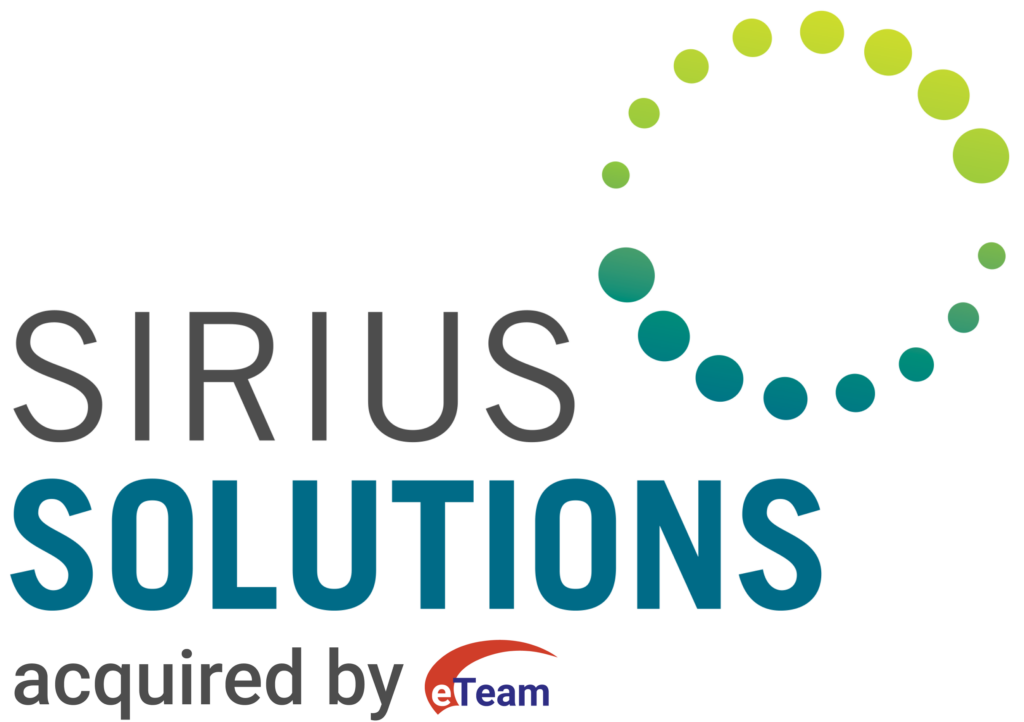Technology Integration Best Practices

Organizations can struggle to incorporate new technologies into their current systems to remain competitive. A deliberate and comprehensive strategy that includes change management, meticulous planning, and tackling common obstacles head-on, is necessary for successful technology integration, system implementation, and process optimization. This article will examine recommended practices for integrating technology, providing direction, understanding, and pointers for a smooth transition.
Maintaining a competitive advantage means adopting and integrating new technologies successfully. Ensuring current systems and new technology align with the organization’s goals is crucial. Conduct a detailed evaluation of processes in place, noting which ones stand to gain from technology improvements. This assessment will help avoid needless disruptions and begins to build a strategy for integration and optimization.
Moreover, collaboration and communication are paramount during the integration process. Engage key stakeholders, including end-users and IT teams, from the outset. This collaborative approach fosters a sense of ownership and helps address concerns early in the process. Regular communication channels, such as town hall meetings or workshops, keep everyone informed and aligned with the integration goals.
Furthermore, think about using generative AI to help in decision-making. Generative AI models can identify potential opportunities and obstacles related to the integration by analyzing data, predicting outcomes, and offering insights. With the help of this new way of working, decisions can be made more quickly and intelligently, improving the integration plan’s effectiveness.
Change management is essential for technology integration and system implementation to be successful. The likelihood of a successful implementation can be significantly increased by proactive planning, process optimization, and management of the change process. Start by drafting an extensive change management strategy that describes the goals, parameters, and schedule for the integration.
Ensure everyone understands the rationale for the integration and the advantages it offers the organization. This openness lessens resistance to change and fosters confidence among stakeholders. Employees should be equipped with the knowledge and abilities needed to adjust to the new technology through training sessions and resources. An informed and ready staff is more likely to react favorably to the changes.
Moreover, establish a feedback mechanism to get end users’ feedback at every stage of the integration process. Their input can reveal unanticipated difficulties and areas in need of development. An agile and adaptable integration strategy is enhanced by swiftly addressing issues and adapting based on input.
Technology integrations can run into typical problems that might obstruct progress even with careful planning. For implementation to be successful, the following issues must be anticipated and addressed:
a. Resistance to Change: One major problem with technology integration is employee resistance. Employees should be included early in the process, concerns should be openly addressed, and the synergy of human strategic insight and technological innovation enhancing competitive advantage should be emphasized.
b. Data Security Concerns: It is critical to address security concerns since technology integration includes the sharing and storage of data. Establish strong cybersecurity measures, conduct frequent audits, and educate staff members on data protection procedures.
c. Integration Complexity: The variety of current systems can make integrations difficult. Sort the important components first and divide the integration into manageable stages. This staged method reduces interruptions and enables comprehensive testing at each stage to ensure process optimization.
d. Inadequate Training: Establish thorough training programs to upskill employees ensuring efficient use of the new technology. Ongoing training and support can address potential issues from unfamiliarity with the connected systems.
Let’s analyze a real-time Sirius Solutions success story to highlight the significance of efficient program management during technology integration.
Our client, a well-known manufacturer, started a thorough technological overhaul that touched many areas of their business, including design, accounting, orders-to-cash, proposal and quote creation, sourcing/supply chain, and travel and expenses.
Our client realized experienced professional assistance was necessary to transition solutions due to the complex nature of implementing multiple systems simultaneously. Numerous systems were involved:
- Oracle-powered CPQ (Configurator, Pricing, and Quotation) was implemented.
- CDS Visual powered Design Automation.
- Source Day powered Sourcing and Supply Chain Management.
- TripActions powered Travel Booking and Expense Management.
- ERP upgrades to the most recent version of CloudSuite Industrial (Syteline) and expansions into order-to-cash and supply chain.
Sirius Solutions was crucial in providing program management throughout the implementation period. We facilitated a seamless transition and identified interim solutions to bridge the migration from legacy systems. Our expertise extended to planning, budgeting, and forecasting, ensuring a comprehensive approach to the integration and optimization process.
Sirius Solutions implemented the Big Bang strategy (all the systems went live simultaneously). This strategy highlighted the advantages of the technology up front, but it also highlighted possible flaws and areas that needed work. We resolved these problems swiftly, which led to the system’s quick stabilization.
Automation decreased the number of personnel required to manage the backlog, freeing them to focus on more strategic initiatives. The outcome was an astounding 25% reduction in the cycle times for quotes and designs. The initiative’s overall success was cemented when the technology transition produced run-rate savings of nearly $9 million annually.
Sirius Solutions adopted a proactive approach to problem-solving by building workflow automation tools. These tools modeled complex workflows and provided information-rich status updates, allowing for a swift response to emerging challenges. The aggregation of information across systems facilitated the generation of decision-quality reports and key performance indicators, offering valuable insights into various aspects of the organization, from financial operations metrics to project schedules.
Delivering customized solutions to increase productivity and profitability is our single focus. Our teams, comprised of seasoned professionals and former senior executives, are uniquely positioned to understand your organization’s particular challenges and deadlines.
Sirius Solutions is committed to assisting organizations in realizing value through strategic, performance-focused solutions, whether adopting a Big Bang strategy, managing complicated system implementations, implementing process optimization, or finding interim solutions.
In conclusion, successful technology integration and system implementation involves a deep planning and change management. By following these best practices, organizations can navigate the complexities of technology integration and position themselves for a more efficient and competitive future.
